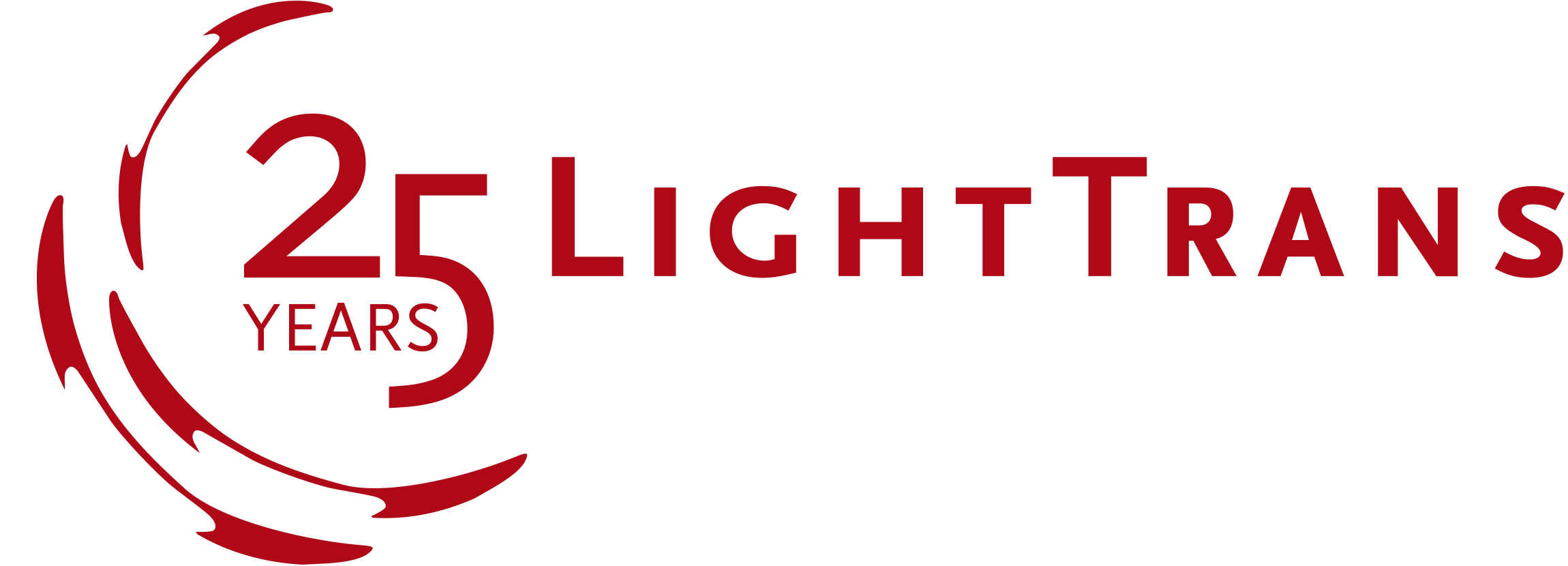[February 26, 2021]
This weeks’ newsletter is dedicated to customization via programming. One easy way to configure a customized object is by programming a snippet. Snippets are programmable templates which specify a clear framework for users to generate their objective quickly. For an in-depth understanding of how snippets work, please check out our use cases.
Read more
[February 26, 2021]
In VirtualLab Fusion any optical entity is treated as an object. These objects have specific characteristics and may be saved and re-used independently. Among the most known of these objects are the sources, components and detectors. VirtualLab Fusion comes equipped by default with an extensive list of predefined optical objects like a Gaussian source. Despite the versatility of all these „off-the-shelf“ components, there are situations in which maybe a specific part of a specialized optical setup cannot be covered with the available predefined objects. The good news is users may tackle this challenge with the help of customization in VirtualLab Fusion.
This weeks’ newsletter is dedicated to customization via programming. One easy way to configure a customized object is by programming a snippet. Snippets are programmable templates which specify a clear framework for users to generate their objective quickly. For an in-depth understanding of how snippets work, please check out our use cases below.
Read more




